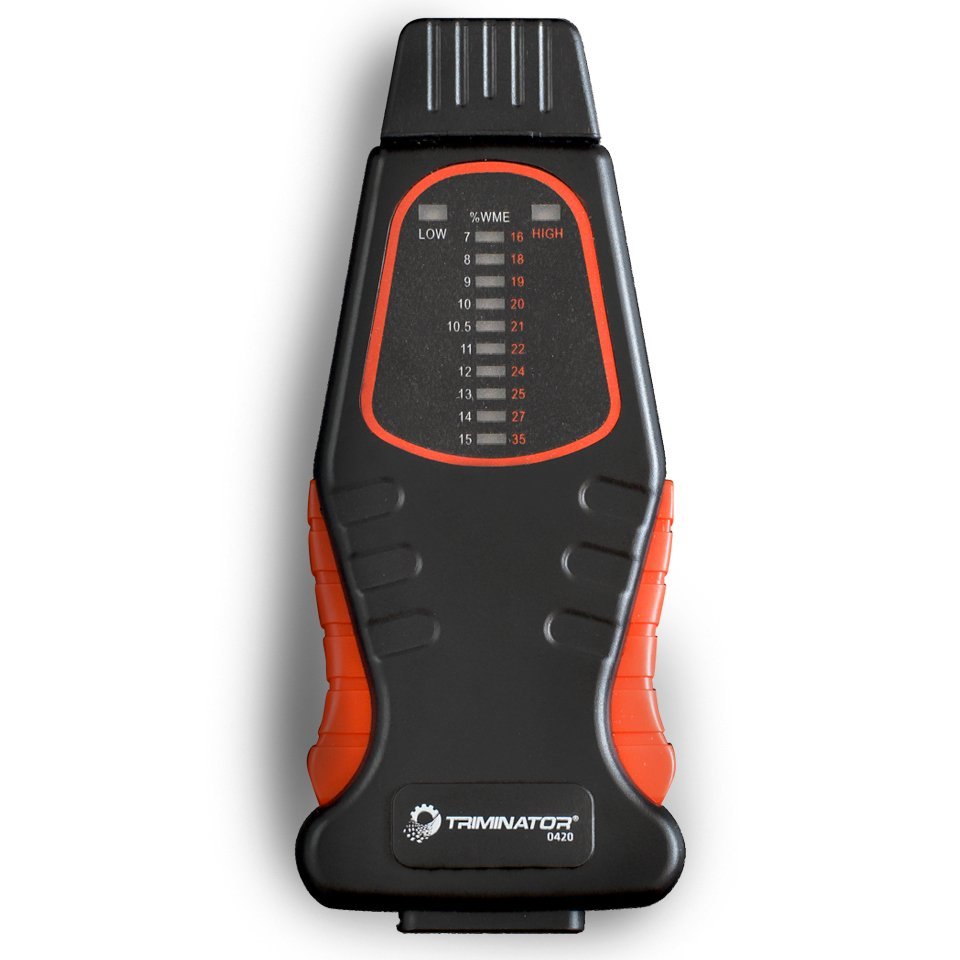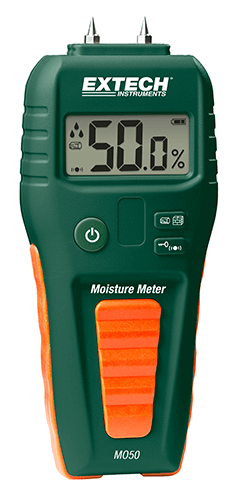Moisture Meter Reviews: Comparing the Best Designs for Expert and Do It Yourself Usage
Moisture Meter Reviews: Comparing the Best Designs for Expert and Do It Yourself Usage
Blog Article
Understanding the Significance of a Moisture Meter in Protecting Against Mold and Water Damages in Your Home
In the world of home upkeep, the visibility of dampness can often be a quiet yet awesome adversary, with the ability of triggering pervasive mold and mildew development and insidious water damages if left untreated. Amidst the serene atmosphere of a residence, concealed moisture concerns can brew under the surface, presenting a risk to both residential property and health. Nonetheless, furnished with the right tools and expertise, property owners can proactively combat these prospective hazards. Comprehending the value of a wetness meter in this fight is not just a choice yet a tactical need.
Significance of Moisture Discovery
Effective dampness discovery methods are important for securing homes and protecting against potential mold growth and water damage. Moisture can seep into various building products, leading to structural issues and health risks. By utilizing a moisture meter, residential property proprietors can proactively determine locations susceptible to excess wetness, permitting timely intervention and reduction methods.
Moisture meters give exact readings of moisture levels in various products such as wood, concrete, and drywall. This data assists in identifying areas of concern, also in surprise or hard-to-reach locations. Early detection of moisture buildup allows prompt repairs or changes to stop additional damage.

How Moisture Meters Job
Dampness meters play an essential role in the positive identification of excess dampness, helping in the avoidance of prospective mold development and water damage by giving precise readings of wetness levels in different building products. These devices function based on various principles, relying on their type. Moisture Meter. Pin-type dampness meters, as an example, have 2 pins that permeate the product to determine the electric resistance between them. When dampness is present, it boosts the material's conductivity, bring about a lower resistance analysis. Pinless moisture meters, on the various other hand, use electro-magnetic sensors to scan the product without triggering damages. These sensors emit electro-magnetic signals that pass through the material and gauge the dielectric buildings, indicating dampness material. Some progressed moisture meters integrate both pin and pinless technologies for detailed dampness detection. Understanding just how moisture meters function is crucial for prompt and accurate moisture level analyses, enabling effective safety nets against mold and water damage.
Detecting Early Warning Signs
Upon initial examination of a home, identifying subtle signs of excess dampness becomes vital in the very early detection of prospective mold development and go to website water damage. Water spots can indicate leakages or infiltration, while peeling off paint or wallpaper may be a result of wetness jeopardizing the attachment of these products to the surface. Additionally, a boost in allergic reaction signs and symptoms or respiratory issues among passengers might recommend the visibility of mold and mildew due to excess moisture.
Avoiding Mold Growth
Identifying very early indication of excess moisture within a property not only enables punctual discovery of prospective mold growth and water go to these guys damages yet likewise serves as a proactive measure in preventing the spreading of mold and mildew. To efficiently avoid mold development, it is vital to attend to any resources of wetness quickly. This can include dealing with leaks in pipes, home windows, or roofings, ensuring correct ventilation in wet areas like kitchens and washrooms, and utilizing dehumidifiers in high-humidity spaces. Consistently checking and maintaining the property's pipes, roof, and rain gutters can additionally assist in protecting against water intrusion that might lead to mold development.
Along with dealing with moisture resources, maintaining interior moisture degrees listed below 60% can significantly prevent mold and mildew development. Correct ventilation, ample insulation, and utilizing ac system or fans can assist regulate interior moisture levels. Checking dampness levels in areas susceptible to moisture, such as cellars and crawl areas, making use of a dampness meter can additionally assist in very early discovery of elevated moisture degrees and potential mold development. By taking proactive steps to stop excess moisture and mold and mildew development, property owners can protect their building and interior air high quality.
Benefits of Routine Monitoring
Regular tracking of wetness degrees in a residential or commercial property can play a critical duty in maintaining a healthy indoor environment and avoiding prospective mold and mildew and water damage. By consistently examining moisture degrees, homeowners can spot any type of problems quickly and take needed activities to stop mold and mildew growth and water damage.
Furthermore, normal tracking allows home owners to track patterns and patterns in dampness levels over time. Ultimately, the constant monitoring of wetness levels encourages property owners to protect their building, protect their health, and protect the integrity of their indoor environment.

Conclusion

By using a dampness meter, residential or commercial property owners can proactively determine locations vulnerable to excess dampness, enabling for prompt intervention and mitigation techniques.

Keeping track of moisture levels in find more locations vulnerable to wetness, such as cellars and creep rooms, utilizing a wetness meter can likewise help in early detection of elevated moisture degrees and possible mold growth. (Moisture Meter)
Report this page